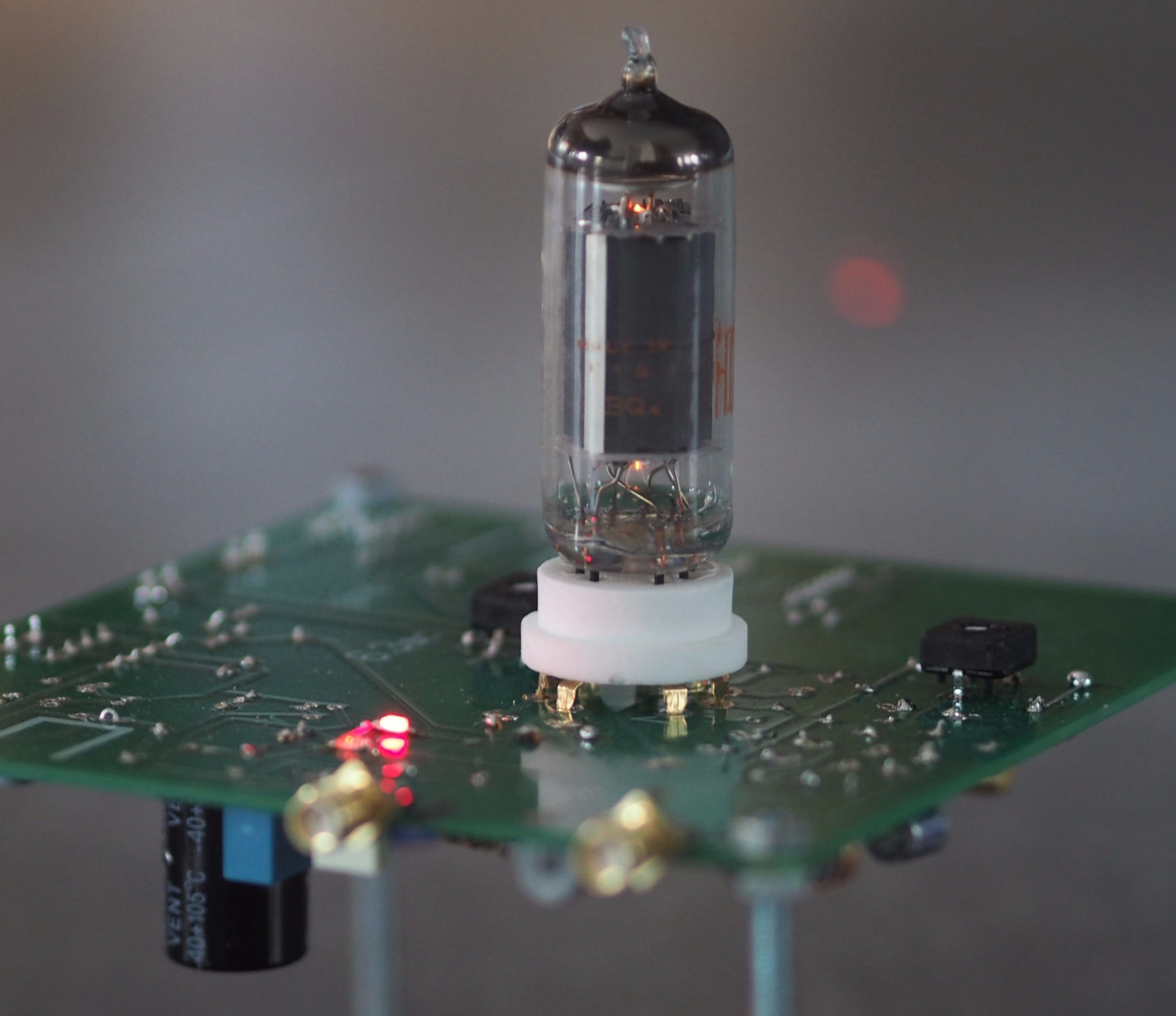

Beam Deflection Tube mixer for my navtex receiver
My navtex receiver is connected to a loop antenna from Wellbrook. It has an LNA mounted at the foot of the loop and a coax cable with RF and 12V.
Indoor is a small box, where the 12V is separated from RF. The LNA has a decent gain, so i can mix this 518 kHz navtex signal directly to IF.
I wanted to have a mixer with good high level performance, as the navtex frequencies are close to the medium wave broadcasting band. I need to add that the last few years (2016 - 2018) a lot of AM transmitters have been switched off, reducing the issue.
I also wanted to use a tube or valve for nostalgic reasons and because i also use them in my audio hifi system.
Therefore i started to search for tube types that could do this job, and i bounced on the beam deflection tube. They are only produced for the american market so far i can see, to demodulate the NTSC color signal in TV receivers.
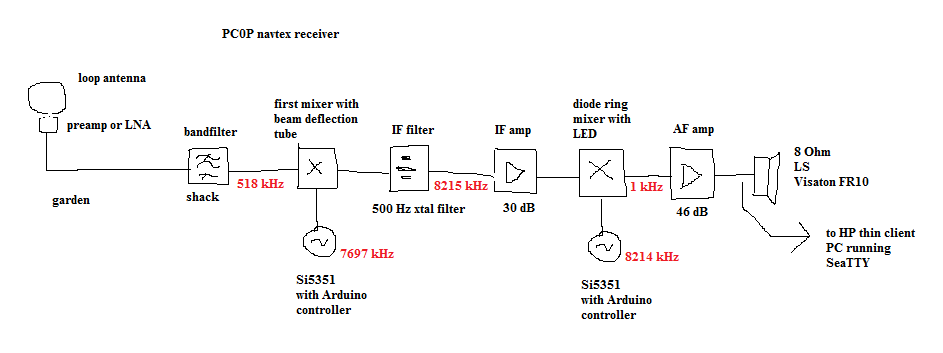
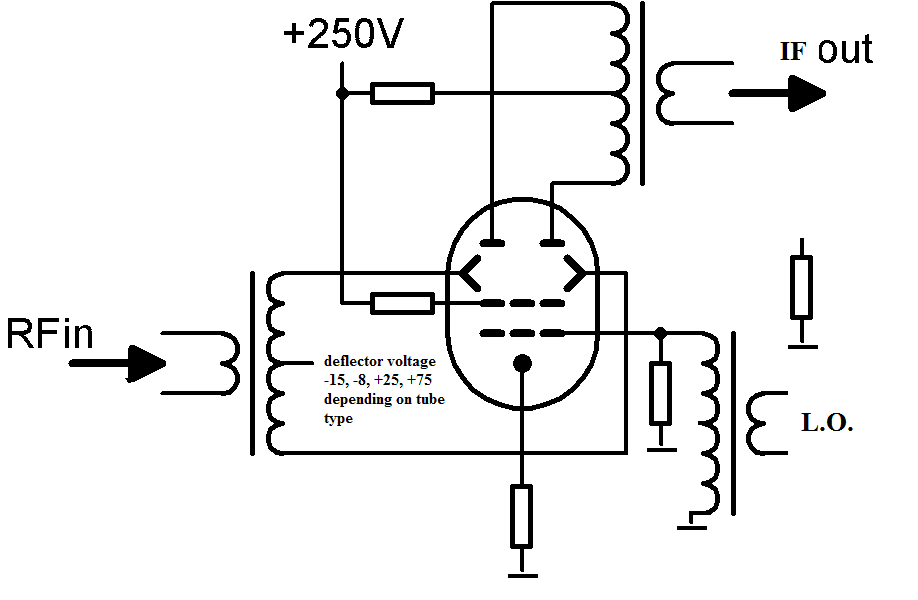
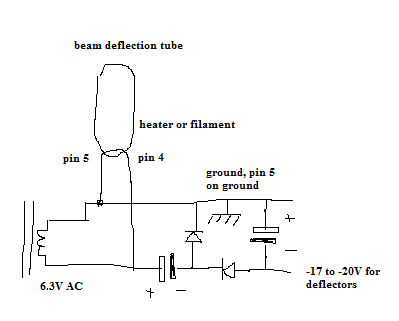
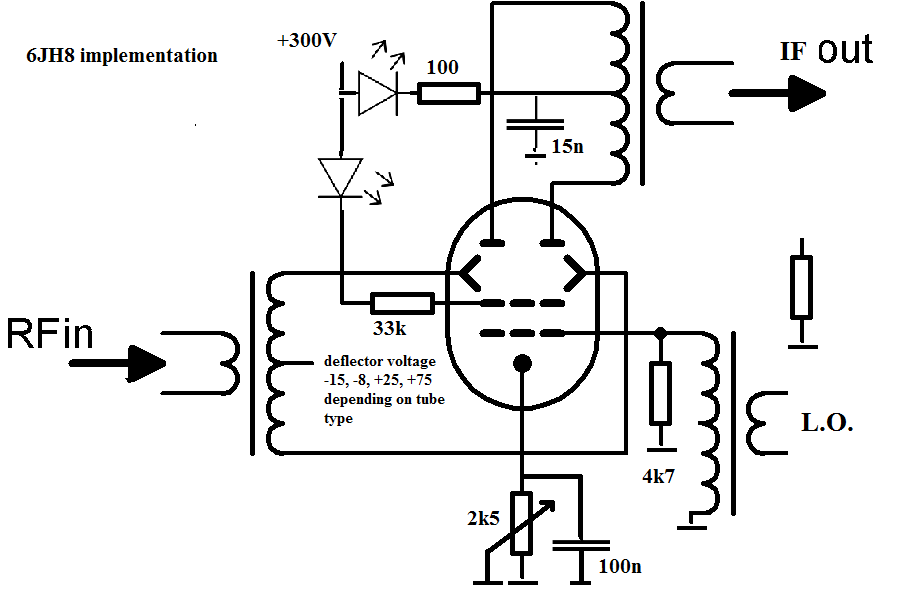
Free AI Website Creator